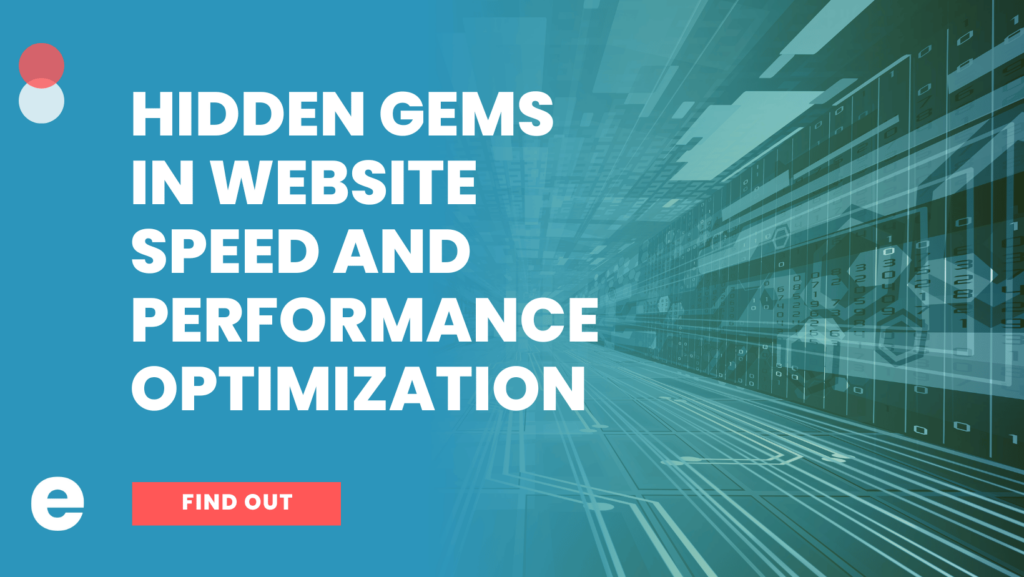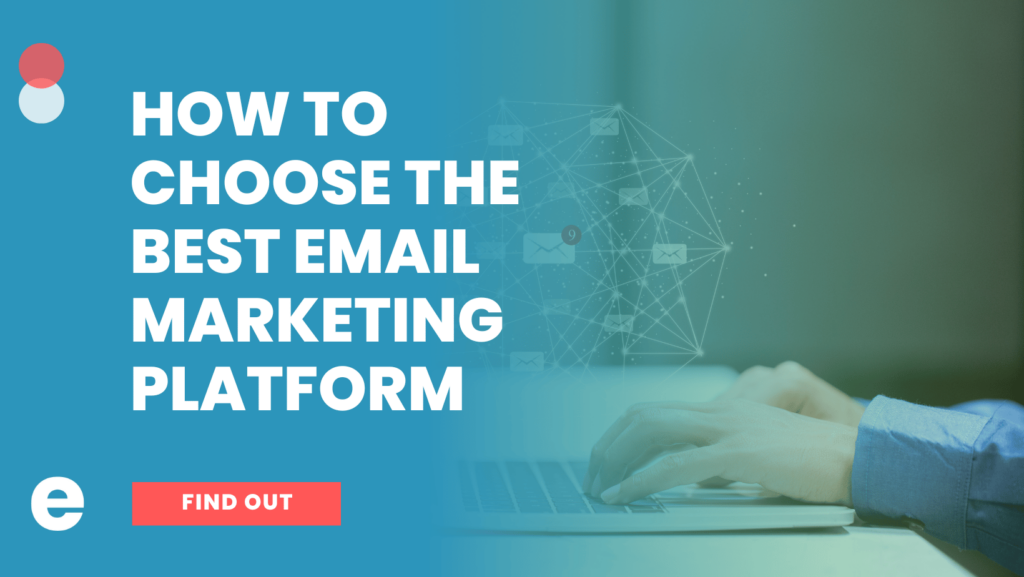“The more things change, the more they stay the same.” – Jean-Baptiste Alphonse Karr
David Ogilvy, who some consider the father of advertising, created some of the most successful campaigns in history. Today we’re focusing on this absolute gem of a long-form advert outlining his namesake agency’s ability to answer The Big Question: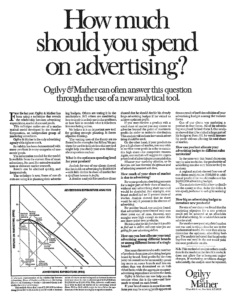
His extensive research into consumer habits – based on principles of identification, research, and comparative data analytics – proved that research and data are indispensable to advertising. Agencies around the world continue to use practices that Ogilvy himself pioneered 70 years ago.
From this advertisement, we break down Ogilvy’s approach and compare it to how Enilon does business today.
1. Determine what is important to you.
Are you more interested in increasing your profits or expanding your market share? Ogilvy always asked what the end goal was as he knew there were different processes for different objectives. Instead of focusing so much on what competitors are doing, clarify what you believe is the best solution to your problem. How will this help? For example, if you believe that attaining a higher market share is more beneficial to your company goals, then you might consider sacrificing some profit.
Let’s take a minute to talk about “market share” as David did nearly 50 years ago. He saw market share as an indicator of how much you needed to advertise and how much you need to spend. A company with a low market share may decide to spend more on ads to improve their position against their competitors. A leading company with a high market share could also argue that they need to spend more to maintain their position. The situation could change depending on the industry, company size, and competition. The more you know about your position in your industry the closer you will be to objectively set an advertising budget. That requires research, data collection, and analysis. See a trend here?
“Whatever your marketing objectives, we believe you can now determine the optimum level of advertising consistent with them.” – David Ogilvy, 1971
He also identified KPIs as a metric before the acronym existed in the mainstream business vernacular. Google’s Ngram Viewer (a fun data tool in its own right) shows the instances of the term “KPI” and the phrase “key performance indicator” in printed materials from 1940 – 2008. Keep in mind this ad ran in 1971:
Ogilvy discussed how budgets could vary depending on the result they wish to achieve. One marketer could spend more on advertising if his goal was to increase profit and how another marker could be more interested in maintaining their distribution.
Today, many companies are missing the mark with their advertising efforts simply because they have not identified their KPI. This measurable value allows marketers to determine if your ads are contributing to your overall company goal. Most KPIs are attributed to a conversion that helps track your ROI. Here are the some of the most common KPI’s for companies today:
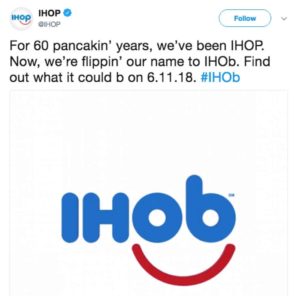 a) Impressions:
a) Impressions:
Delivering the ad to as many people that you can. This is helpful when your main goal is increased awareness.
IHOP wanted everyone to know that they have burgers on their menu. They were not specifically looking for sales at this point. They wanted all their current customers and potential customers to know that they have more than just pancakes. Impressions would be an ideal metric to inform about a new product, a new company, or in this case a rebranding initiative.
b) Click Through Rate (CTR):
Using clicks as your KPI is beneficial when you want to know how many people that see your ad are actually interested in it. It can also help you figure out which ads are underperforming, which informs your A/B testing cycles.
c) Leads:
Companies that charge for services rather than products are more interested in generating leads for their business. This KPI is also a type of conversion that could be tracked to figure out your ROI.
d) Return on Investment (ROI)
“We believe that for the first time it is possible to find out in dollars and cents what you are getting for your advertising dollars.” – David Ogilvy, 1971
How crazy is it that Ogilvy was one of the first to find a way to determine if your advertising investment was generating results!
Today, technology like AdWords and Google Analytics has made it easy to determine if your advertising efforts worked. As a Digital Agency, we use these assets – among others – to optimize your budget to attain the best ROI. We track conversions using the clients KPIs and manage Cost Per Conversion (CPC) a.k.a. Cost Per Acquisition (CPA).
Conversions make it easy to identify which ads are out-performing other ads. At Enilon, we use our analytical data to inform our A/B testing, and once an ad is declared the winner due to its lower CPC and higher conversion rate, we then continue to optimize the ad by creating a B variant of the “winning” ad, and thus the cycle continues.
2. Take a look at your tools.
Ogilvy determined advertising budgets brand by brand. He pioneered a custom-approach to his clients, not insisting that x amount of TV advertising and y amount of print would work for every client, every time. Additionally, he created an analytical tool to help guide strategic planning. His forward thinking allowed his clients to attain their goals at a faster, more efficient, and more successful rate.
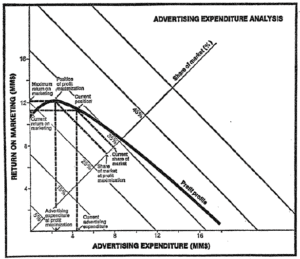
Today, we employ new analytical tools like Google AdWords and Google Analytics to gather data, thus providing the clearest possible portrait of what our clients should spend on advertising, where they should spend it, and for how long.
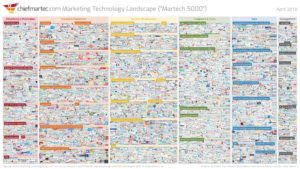
3. Be proactive in your approach.
Ogilvy found that staying on top of your numbers and – more importantly – understanding what they mean is key to understanding your advertising budget. Years ago, advertisers looked at individual brands and found that putting more money towards one over another could increase overall profits. Today, we conduct A/B testing to determine which campaign performed better. Then we take those results and split the budget to put more towards campaigns that are doing better.
4. Regularly update your objectives
Ogilvy’s analytical approach allowed him to look at his clients from a broader level and see how big of an advertising budget clients actually needed to run a campaign. For example, Ogilvy found one client’s objectives for a product could not effectively add value to their campaign at an affordable level of advertising, so he advised them to not advertise at all. Market tests were done in Ogilvy’s time, and they are certainly done today. With the help of new technology, we can analyze and optimize numerous facets of your business in a far more efficient and effective manner.
We recognize that these tactics still work today. Technology comes and goes, but sound principles will always be the bedrock of sound marketing. That’s why this 47-year-old Ogilvy ad is relevant today.
As a digital performance agency, we are constantly adapting to the new challenges that come our way. If you’d like to have a conversation around how time-tested tactics and cutting-edge technology can help you attain your KPIs, drop us a line – we’re listening!

